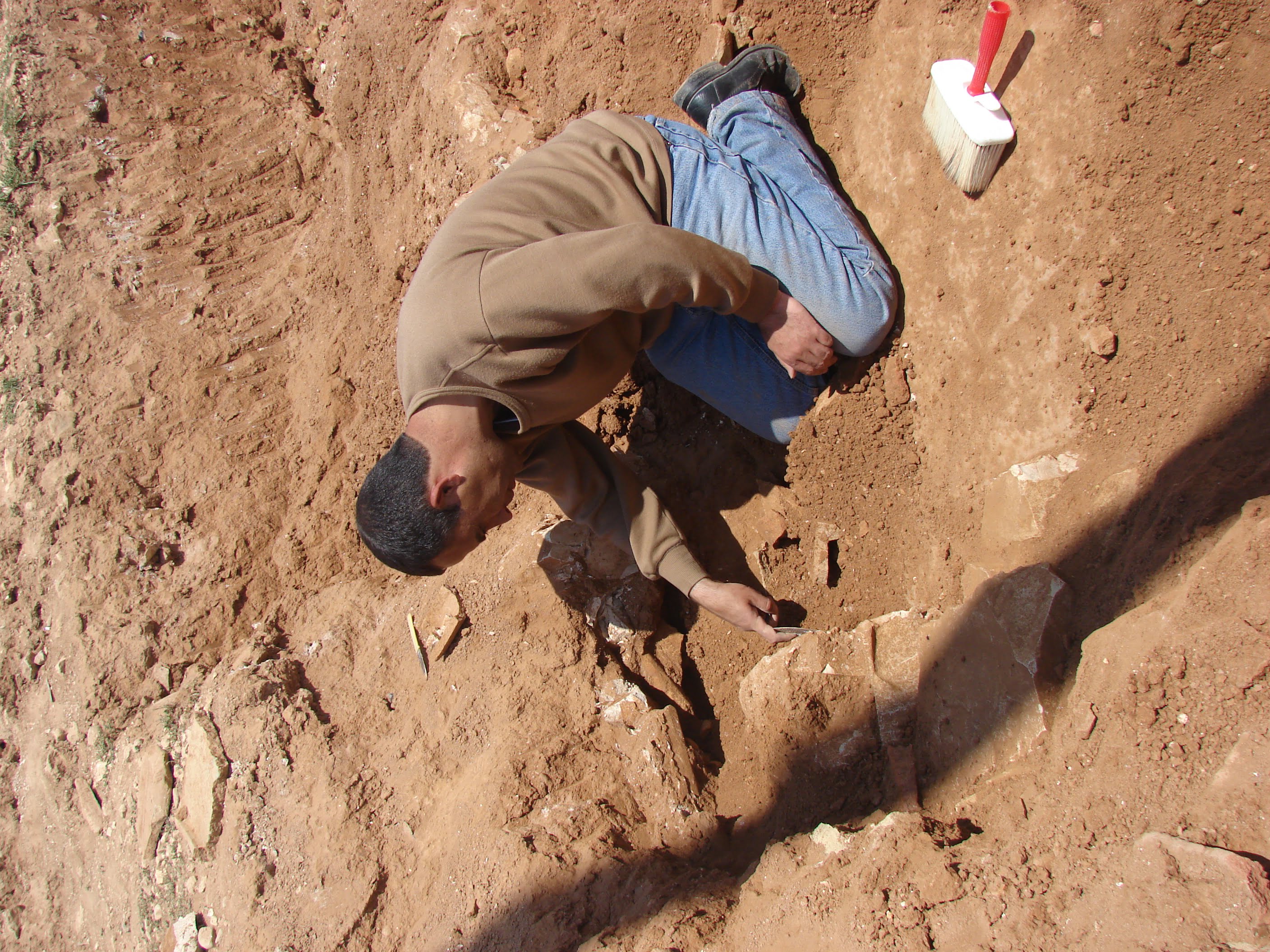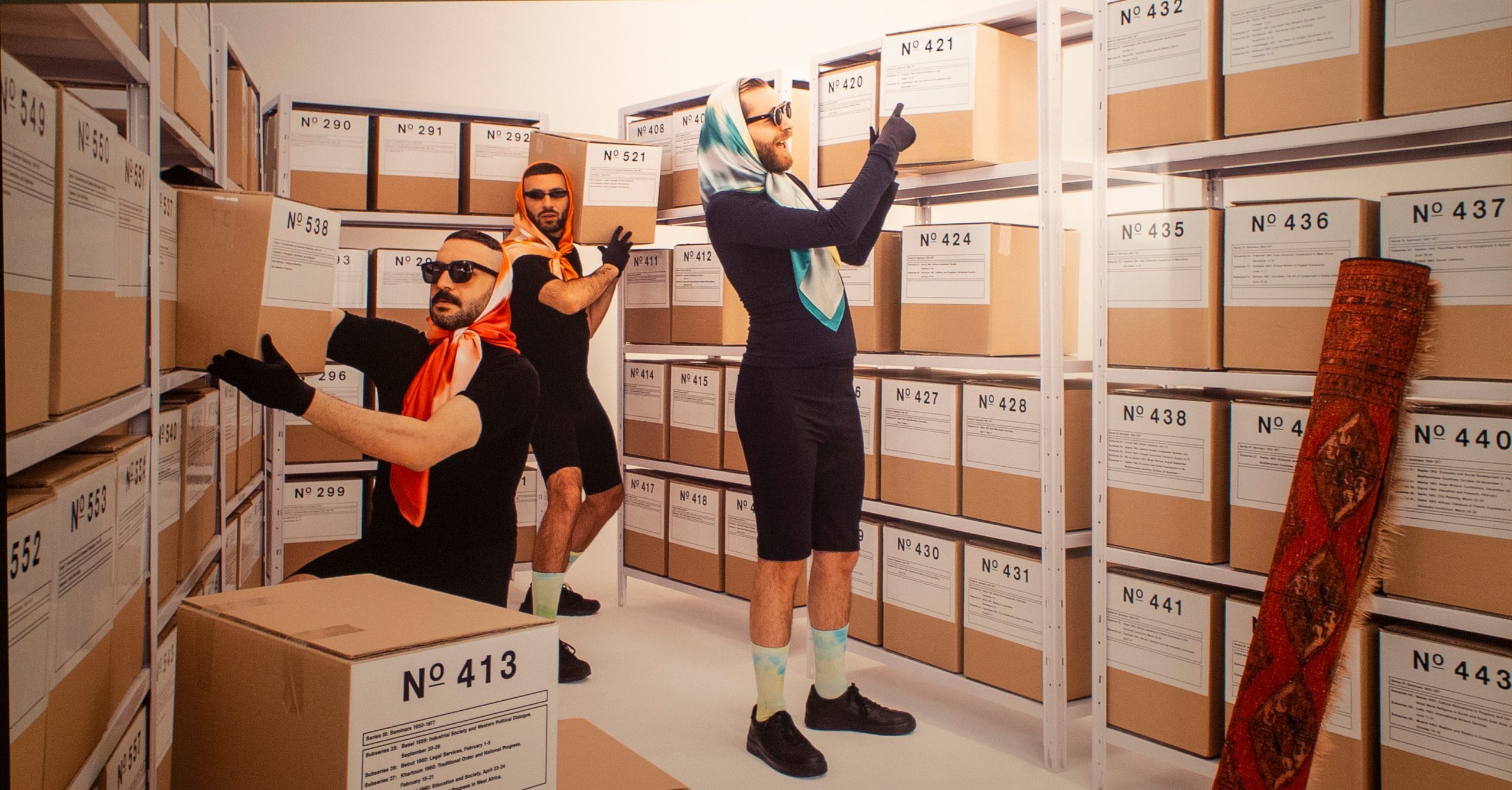Encountering relics of the past in a museum is not just a joyful and instructive experience. It can also be a life-changing one.
“I first studied natural sciences. This discipline happened to be needed for the Directorate-General for Antiquities and Museums (DGAM). In 1997, I got a joint scholarship to Mexico from the Ministry of Higher Education and DGAM. I hesitated at first. Within the Spanish language course in Mexico City, a visit to the National Museum was planned. I was amazed by the Pre-Columbian era and the cultural diversity of the country. The showcases and display techniques and how the exhibits were put in a geographical and historical context caught my attention. When I faced one of the Olmec colossal heads, at that very moment, I figured out what I wanted to do.”
Back in Syria, Youssef Kanjou (1971, Aleppo) worked at the DGAM for over a decade in excavations and collections. Kanjou was the Director of the Aleppo Museum until 2013 when he headed to Japan to pursue his archaeological research.
“Working on my own on the archaeological past of Syria, including all sites, not only the various historical layers and periods, would have been too ambitious for one person to achieve.”

In Japan, Kanjou approached archaeologists who worked in Syria, asking them to contribute short reviews of their research. One of the outcomes of this endeavour would be “A History of Syria in One Hundred Sites.” Over 100 contributions were gathered, and with Japanese funding, the book was first published in English in 2016. Between 2017 and 2018, Kanjou translated the text, and with the support of Syrian friends and colleagues, he published the Arabic version in Syria. The Syrian Ministry of Education distributed the book to schools free of charge. Copies of the book found their way to Lebanon and Turkey to reach the displaced Syrian generations. For this reason, Kanjou contacted associations and NGOs and approached the teachers through workshops to introduce the book as an additional module for Syrian schoolchildren.
“Intangible heritage did not travel with the Syrians who left the country. It is rather dispersed. Without its cultural context, it might be eventually lost – and this is a problem.”
Interest in heritage has increased since the war in Syria. Since 2011, social media has played a significant role in expanding interest in heritage-related issues. Twitter and Facebook offered platforms to post, exchange and circulate visual materials on heritage places and the damage done to them. Some historical sites have been featured in the media almost from the beginning of the Syrian conflict, in particular Palmyra and Aleppo, both of which have great significance and are on the World Heritage List. Both sites have also been casualties of the atrocities committed during the Syrian conflict. However, some regions have been less frequently featured in the media, despite the severe damage that has been inflicted, for instance, the Euphrates region in the Northeast of the country. This area has no sites listed by UNESCO, or historical centres, such as Damascus or Aleppo. Nevertheless, the Euphrates region, which was part of Mesopotamia, is vibrant archaeologically, and most of its past is still buried.

“Many archaeological sites have been severely damaged and artefacts looted. However, we have not entirely lost the link to the past. There is still much more, safe under the ground and waiting to be excavated. We have, ahead of us, a lot to discover once peace is back. Recovery will not be easy after long years of war. Still, we will go back and treat our country and its heritage better than before. I am confident.”
Youssef Kanjou is currently working as a researcher at the University of Tubingen in Germany. Despite the distance, he maintains a good connection with his colleagues back in Syria, mainly in Aleppo. Kanjou foresees fruitful cooperation between Syrian scholars, who gained new knowledge and skills abroad, and those who remained in the country. He strongly believes that a sense of heritage anchors people to their homeland and will pull them to return, despite years of conflict and displacement.
The book underpins Syria’s unique history by presenting the rich archaeological past of the country, a glorious past that bonds the various Syrian groups together in the shadow of the protracted conflict. The richly illustrated book gathers over 100 contributions by Syrian and international researchers who worked on archaeological sites in Syria. Each article presents a specific archaeological site within its particular geographical and historical context. Altogether, the contributions give an inclusive narrative covering several historical and archaeological layers throughout the Syrian landscape. “A History of Syria in One Hundred Sites” is an exciting read for specialists, academics, and archaeology enthusiasts.




